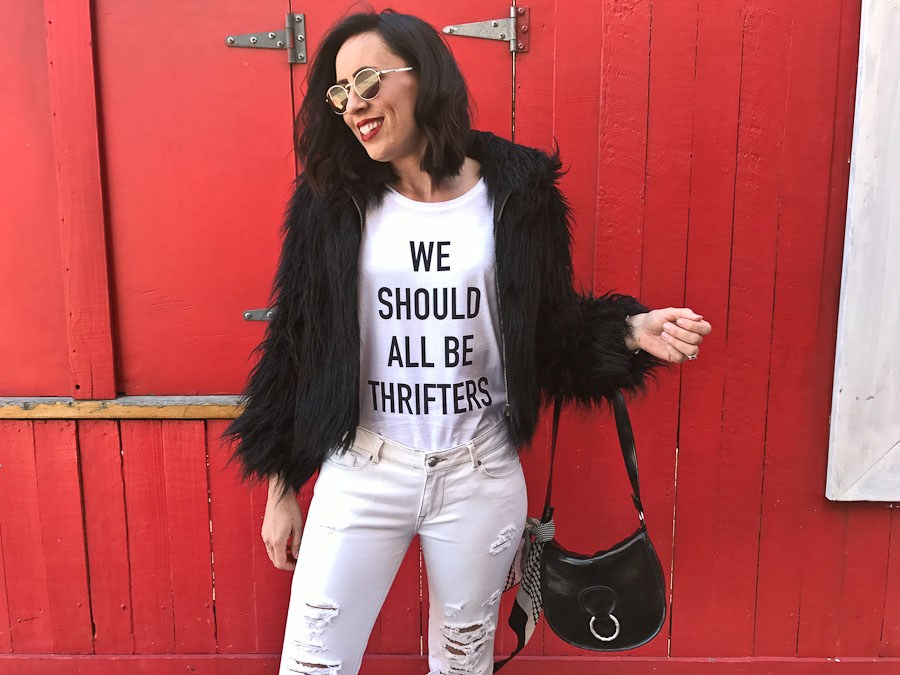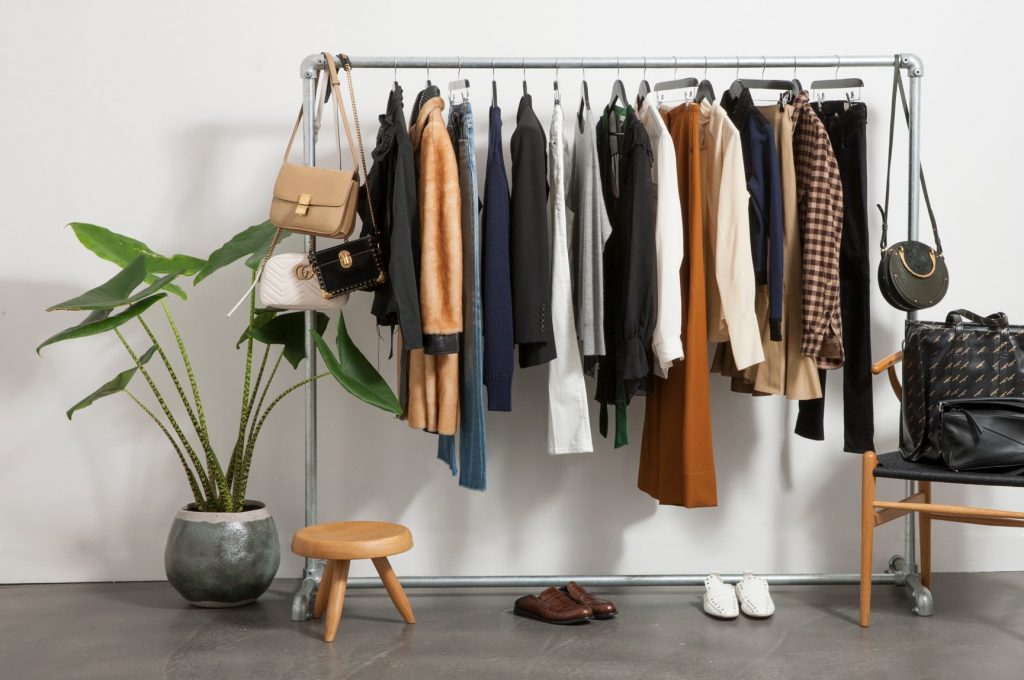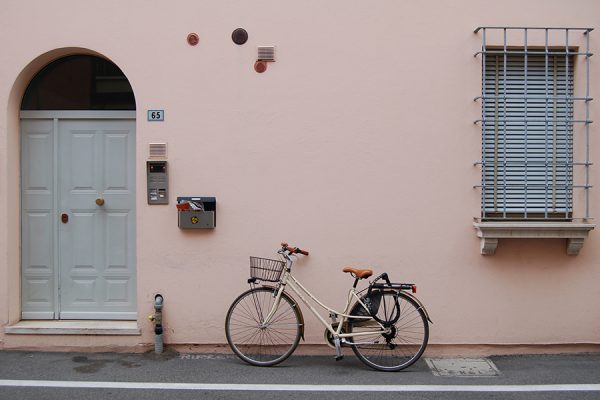When I was a teenager, I used to be mortified to step inside my local charity store when my Mum dragged me in. I would normally shop around the back and consistently look up at the window in sheer panic, in case I saw anyone from school.
Now, I literally spend my weekends trawling through racks in second-hand stores.
My wardrobe is filled with second-hand treasures, and I can distinctly remember where each one is from, from a silk Dolce & Gabbana dress from Oxfam in Nottinghill to a vintage mustard yellow Aquascutum trench. I also have other items that aren’t designer or even labeled, that I still adore.
Image via Never Ever Pay retail

To me, each one of these items was pre-loved with a story and saved from landfill. On average 85% of the textiles we own get sent to landfill, which when you think about the amount of work and resources that go into one item, it’s a disgusting statistic.
‘Every 10 minutes, 6 tonnes of clothing goes to Aussie landfills’ – GlamCorner
Thankfully, charity shops and markets bring a more environmentally friendly of shopping to our lives. They keep items out of landfill for longer, cater to all markets (as if I could afford Dolce & Gabbana first hand) and return money to communities that need it.
Vinnies (St Vincent de Paul Society) for example, assists people experiencing poverty and inequality. To find local op shops near you, Google (Salvos, Vinnies or Red Cross are in most cities).
If you’re a newbie to the op shop game or an old-timer looking for new tips, check out my hot tips below.

Image via Coveteur
Ignore the label
For some reason in op shops, sizes seem to exist under no consistent rules. I have clothes from op shops that are a size 14 and are a tight squeeze and other times, I’ll try on a size 6, and it will be too big (I love those days). I think based on the wide range of styles, brands, and ages; it’s better to go by fit rather than sizes.
Also, as exciting as it is to find designer labels in op-shops, it’s worth ignoring the brand label altogether. A designer label doesn’t necessarily mean better quality or designs.
The fewer people, the better
There’s nothing worse than someone rushing you while you’re trying to go through racks of clothing (my boyfriend is banned). I’d advise going op-shopping alone as a self-care morning/afternoon or with just one other friend that gives great advice and also loves to op shop. With a friend you can get someone else’s honest opinion about that 90’s cropped shirt and cowboy boots.
Take your time
I would say this is the most important tip – you must not be in a rush when op shopping. It’s not only more enjoyable to be relaxed looking around, but you also find more stuff. I like to go around and look through each rack by touching it and sometimes even come back for round two. Think of a fish in an aquarium, circling around.

Plan
It’s always good to have fresh in your mind what you already own, this way you can think about what you’re looking for and what could be a perfect addition. It’s very easy to get caught up in the moment with cheap second-hand clothing, but it’s not worthwhile if you take it home and realize you already have ten of the same item.
Question it
If it were full price would you buy it?
I ask myself this question every time I go to buy something second hand. I’ve made the mistake many times before of buying something because it’s cheap, inevitably giving it back to an op-shop and/or ending up in landfill. If I would consider buying it full price, then I know that I will wear it for a substantial period.
Get inspiration
I hate to advocate following people on social media, but there are some great stylists or fashion icons out there that you can copy, i.e., colours, matched styles. Take this inspiration with you on your phone when you head out op shopping, then you have a clearer idea of what you are looking for.
To get you started, here are some of my favorites:
https://www.instagram.com/p/BnayKV4hj9O/?taken-by=op_shop_to_runway
https://www.instagram.com/p/Bm1R-LtBtw9/?hl=en&taken-by=janellemonae
Jameela Jamil (love her)
https://www.instagram.com/p/BoFOQg5lPmz/?hl=en&taken-by=jameelajamilofficial
Feel the fabric
Synthetic fabrics over time can feel horrible to wear, which is why it’s important to feel the fabric of a second-hand item. Some vintage pieces are also very scratchy which again, means it will end up not being worn and going back one step closer to landfill. Always feel the fabrics of an item first, if it doesn’t feel nice, don’t buy it.
National Op Show Week runs from Sunday, Sep 30th – Saturday, Oct 6th 2018
Information about the week and events here.


